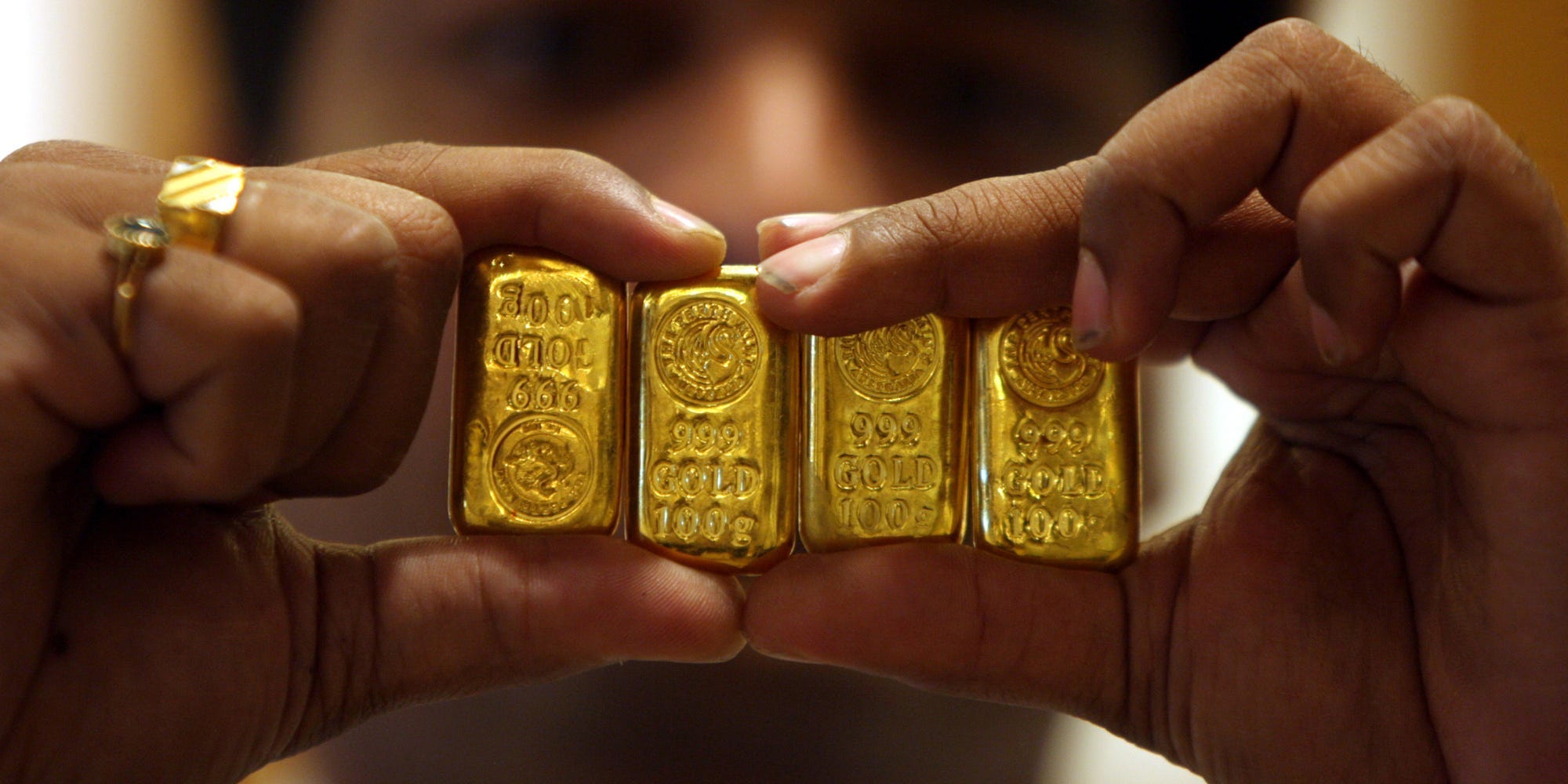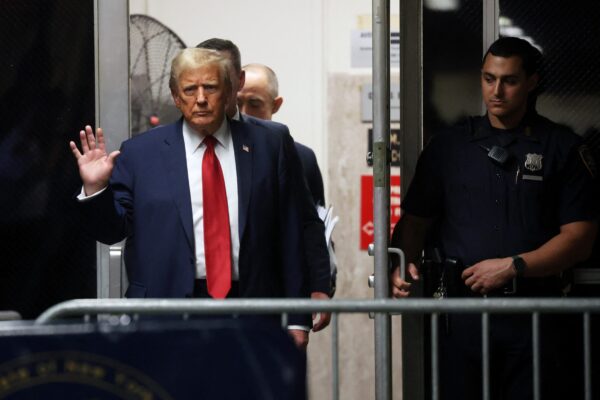
- Since gold topped out at $2,089 an ounce on August 7, the precious metal has declined by as much as 11%.
- The correction in gold should be viewed as temporary rather than the start of a further decline, according to a note from UBS.
- Investors should use the recent sell-off as an opportunity to add exposure at lower prices, as the longer-term bull case is still intact, UBS said.
- Here are three reasons investors should add exposure to gold, according to UBS.
- Visit Business Insider’s homepage for more stories.
Gold prices have taken a breather in recent months, having topped out at $2,089 an ounce on August 7.
Since then, the precious metal has declined by as much as 11%, at times falling below the $1,900-per-ounce level, which is a key technical resistance level, dating back to the 2011 high of $1,923 an ounce.
The decline in gold is somewhat unusual, as during the sell-off there have been concerns over US fiscal stimulus, renewed COVID-19 restrictions, and heightened US-China tensions, which have weighed on risk sentiment.
Typically a risk-off environment like this would have favored safe havens such as gold.
The correction in gold should not be viewed as the start of a further decline in prices, but instead as a temporary correction, according to a note published by UBS on Tuesday.
Here are three reasons why investors should take advantage of the recent sell-off in gold and add exposure to the precious metal.
1. "A supportive Fed."
With ongoing gridlock in Congress surrounding a new fiscal stimulus bill being passed, "We anticipate that the Federal Reserve will remain accommodative. Alongside its commitment to keep rates on hold for longer, the central bank will likely increase its Treasury purchases and focus on longer-dated bonds, in our view. This should limit any technical rise in nominal rates," UBS said.
2. "A far from certain US election."
A contested US presidential election outcome is a possibility, UBS said, adding that it could "add to further volatility and result in safe-haven flows, though more into gold, the Swiss franc, and the Japanese yen than into the US dollar, in our view. The greenback's longer-term trend is also downward due to its weaker interest rate advantage and the extent of US indebtedness. Since gold is priced in US dollars, a weaker dollar favors it [gold]."
3. "A more indebted world."
"We think central banks are willing to tolerate a period of moderately higher inflation before raising rates (as the Fed's move toward average inflation targeting confirms). A more indebted world after COVID-19 favors lower rates, but also supports higher inflation levels given the unpredictability of fiscal stimulus. Gold thus offers a hedge against inflation as a 'real' asset," UBS said.
UBS concluded that it expects gold to reach $2,000 per ounce by year-end, and could reach as high as $2,300 an ounce in a downside market scenario, representing potential upside of 5% and 21%, respectively.
Gold traded up as much as 1% to $1,905 per ounce in Tuesday trades.










